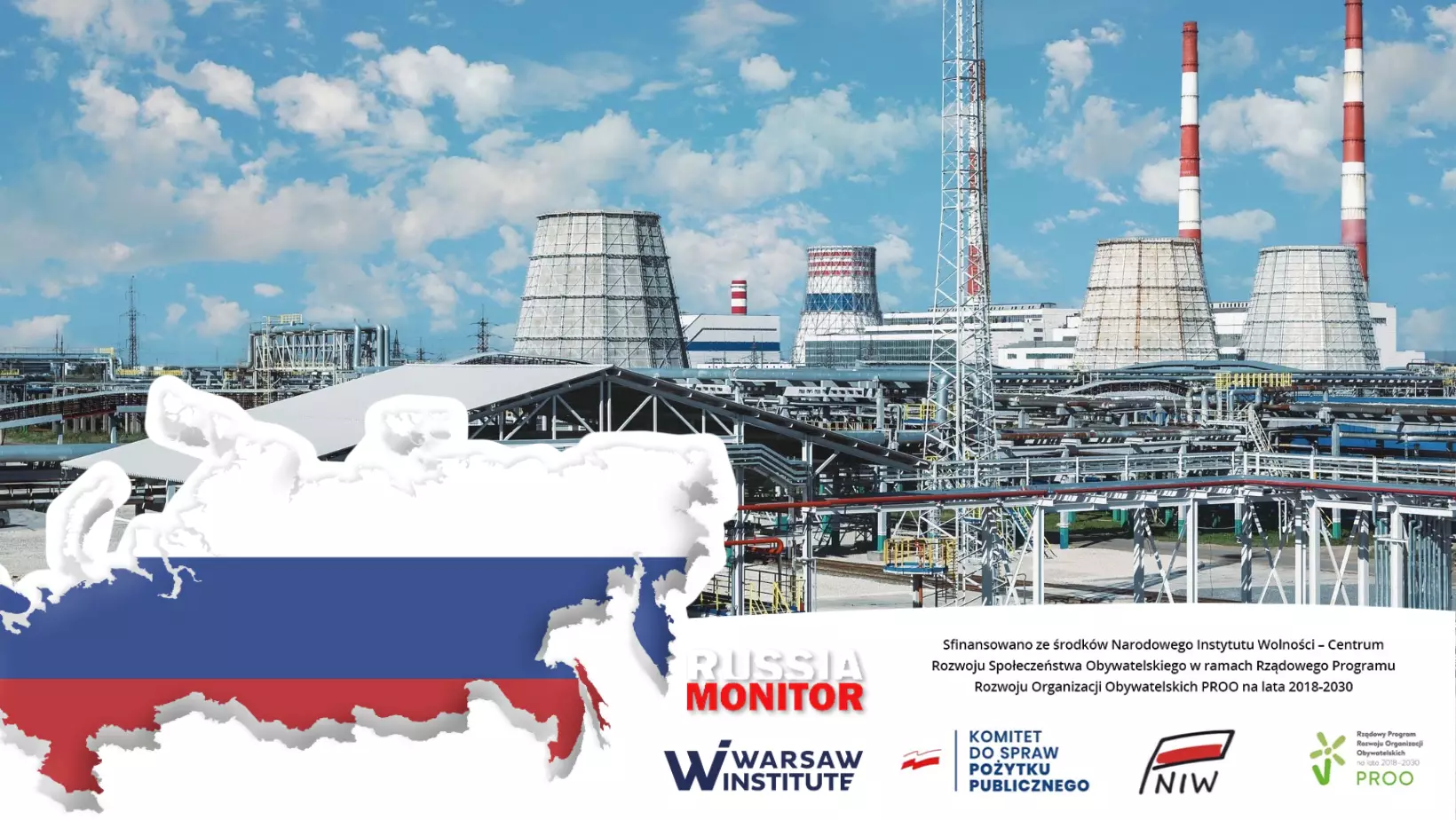
Russia Monitor is a review of the most important events related to Russian internal and external security, as well as its foreign policies.
Date: 14 February 2023 Author: Grzegorz Kuczyński
Russia Cuts Oil Output As Sanctions Bite
Russia will cut crude oil production by half a million barrels per day starting in March. That means the country’s major challenge is to export crude oil. Reduced export volumes for crude means that Russia is unable to sell as much of its oil – even at a discounted price – as before the price cap and the EU embargo came into effect.

In January, Russia produced some 10.9 million barrels per day (bpd), slightly off the 11 million benchmark back in February 2022. Before the EU embargo came into effect in November, Russian oil output totaled 11 million bpd. In December Russian oil output stalled before seeing a 0.4 percent drop in January compared to November 2022. Russia will voluntarily reduce production by 500,000 bpd in March, according to Deputy Prime Minister Alexander Novak. The cut is equivalent to about 5 percent of Russian oil output. What is the reason? “We will not sell oil to those who directly or indirectly adhere to the principles of the price ceiling,” Russian Deputy Prime Minister Alexander Novak said in a statement. This suggests that Russia should reduce its oil exports. The move threatens renewed turmoil in an oil market that has otherwise taken in its stride the EU bans on most seaborne imports of Russian oil, Novak argued. Russia decided to curb oil output as it had failed to ship its oil elsewhere, to countries that have not introduced a price cap on Russian crude oil. In December, the Group of Seven (G7) nations, Australia and the European Union agreed on a $60 per barrel price cap on Russian seaborne crude oil. Earlier, the European Union had launched its ban on imports of Russian diesel fuel. An EU ban on Russian oil product imports came into effect on February 5. The price cap for diesel and gasoline stands at $100 per barrel at $45 for heavy fuel oil, including mazut. Revenue from oil and gas fell 46 percent year on year in January, the finance ministry said, blaming the drop on falling prices for Urals. The Urals price was sharply lower––between $38 and 50––than $80 per barrel for the international Brent benchmark.
Support Us
If content prepared by Warsaw Institute team is useful for you, please support our actions. Donations from private persons are necessary for the continuation of our mission.
All texts published by the Warsaw Institute Foundation may be disseminated on the condition that their origin is credited. Images may not be used without permission.
















